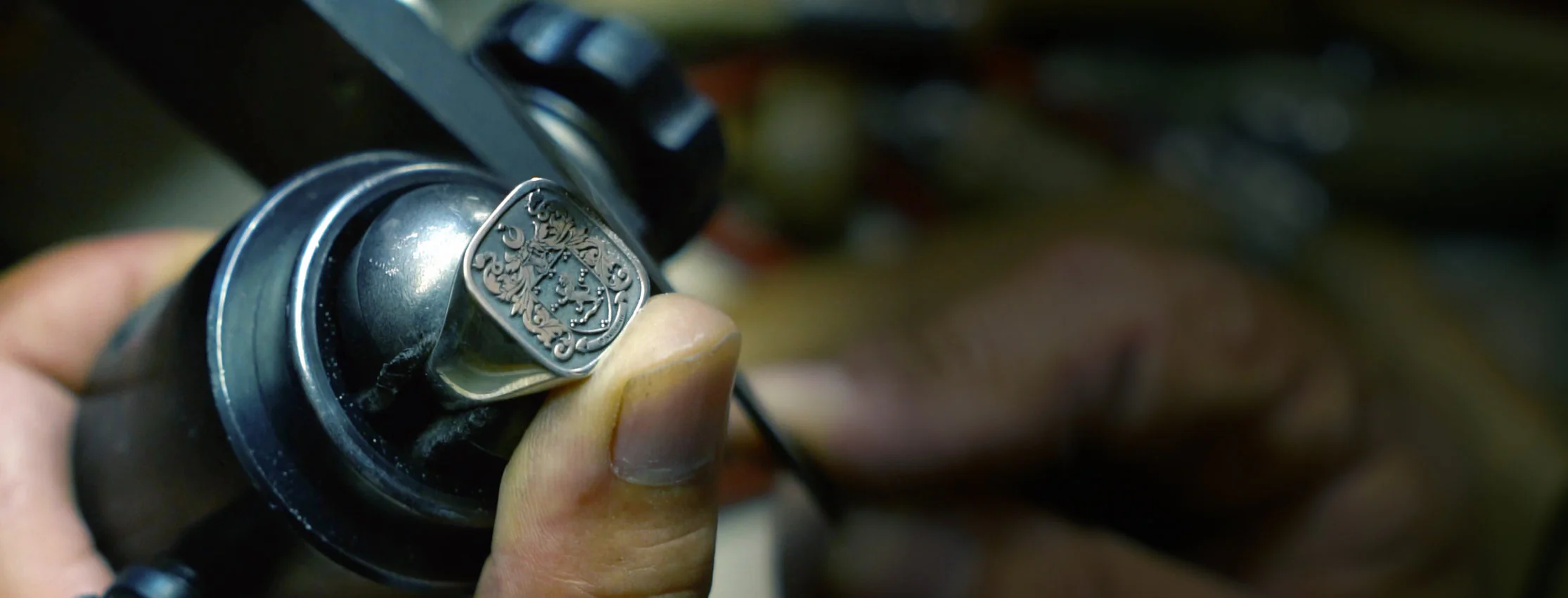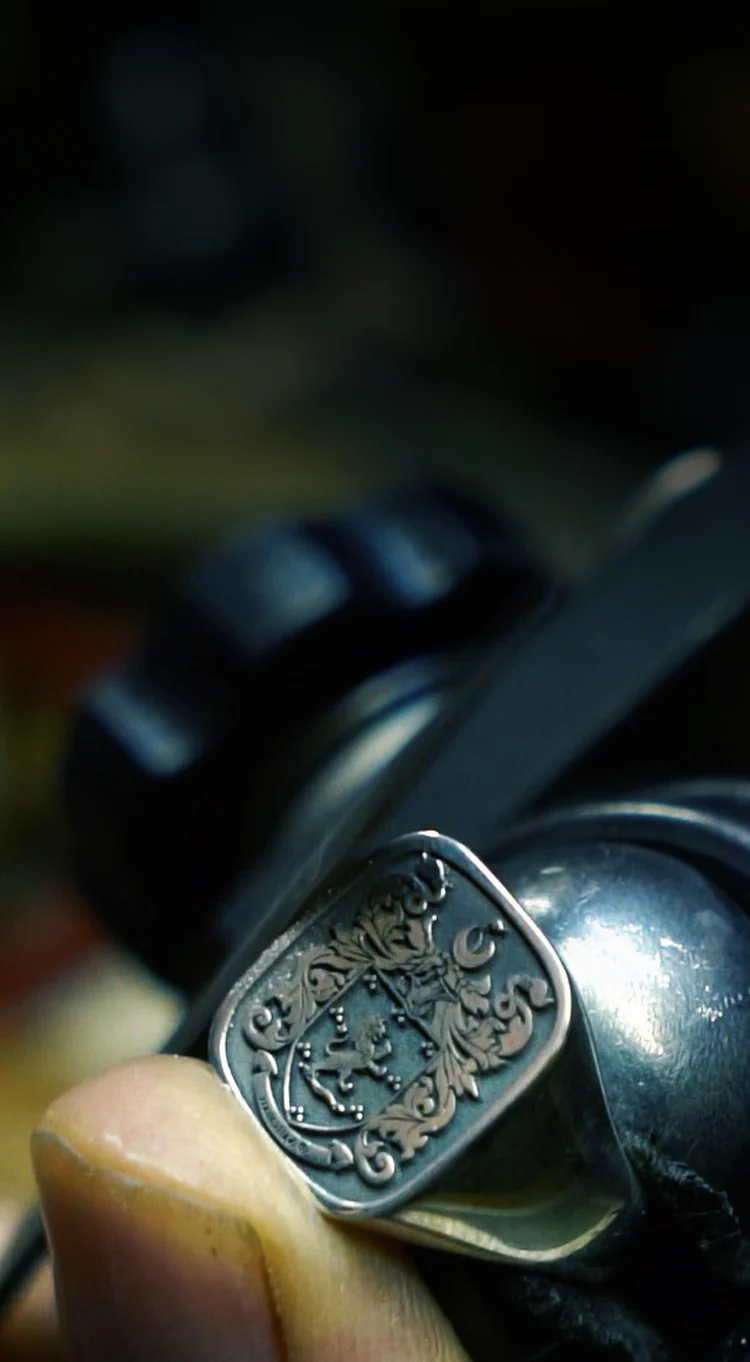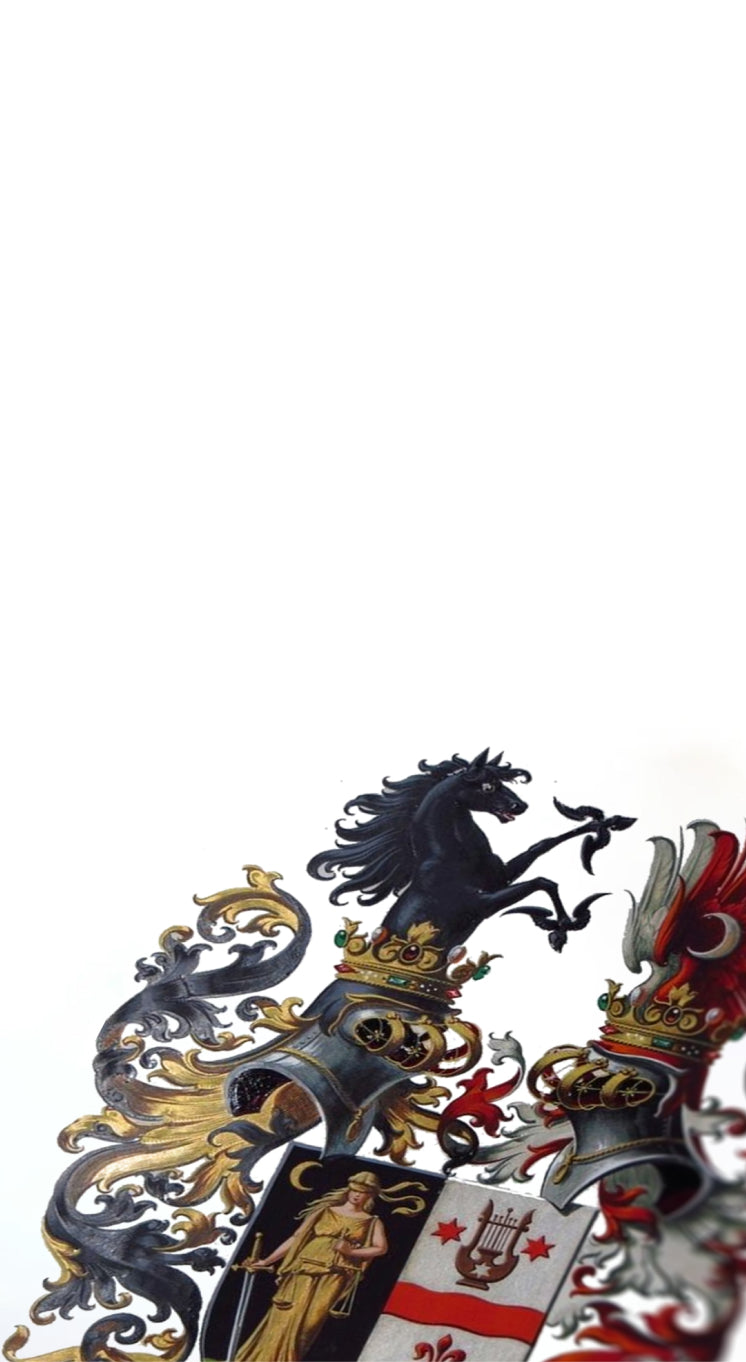The Medieval Church part 2
While bishops and priests worked among the people, guiding them toward God, another group chose a more secluded path. These men built monasteries, dedicating their lives to prayer, work, and worship.


While bishops and priests worked among the people, guiding them toward God, another group chose a more secluded path. These men built monasteries, dedicating their lives to prayer, work, and worship.

CITY OF LONDON ARMS Historically, the dragon is more properly regarded as William of Normandy’s emblem than the two lions posthumously conferred on him by the heralds. There...
CITY OF LONDON ARMS Historically, the dragon is more properly regarded as William of Normandy’s emblem than the two lions posthumously conferred on him by the heralds. There...

The actual Norman conquest which followed the Battle of Hastings occurred in a piecemeal fashion. This is suggested by the similarity between the Coats of Arms of certain cities and towns in widely disparate parts of England. For example, the gold and blue checkers of the Warrennes, Earls of Surrey...
The actual Norman conquest which followed the Battle of Hastings occurred in a piecemeal fashion. This is suggested by the similarity between the Coats of Arms of certain cities and towns in widely disparate parts of England. For example, the gold and blue checkers of the Warrennes, Earls of Surrey...

When William, Duke of Normandy, wrested control of England from King Harold, heraldry was not widely practiced in even the more advanced societies in Europe. The Bayeux Tapestry, the famous pictorial record of the Norman invasion, shows decorated shields and banners, and attempts have been made to identify individuals by...
When William, Duke of Normandy, wrested control of England from King Harold, heraldry was not widely practiced in even the more advanced societies in Europe. The Bayeux Tapestry, the famous pictorial record of the Norman invasion, shows decorated shields and banners, and attempts have been made to identify individuals by...



